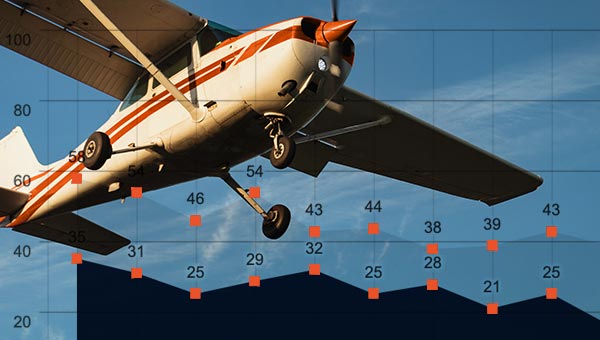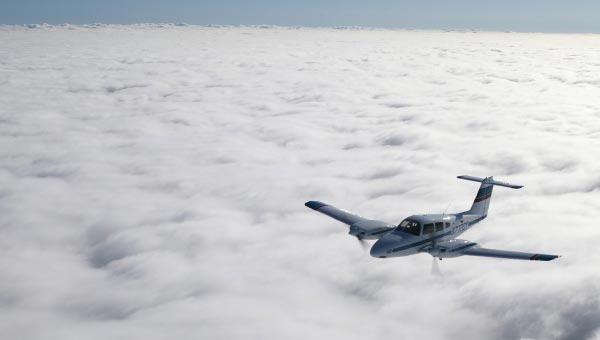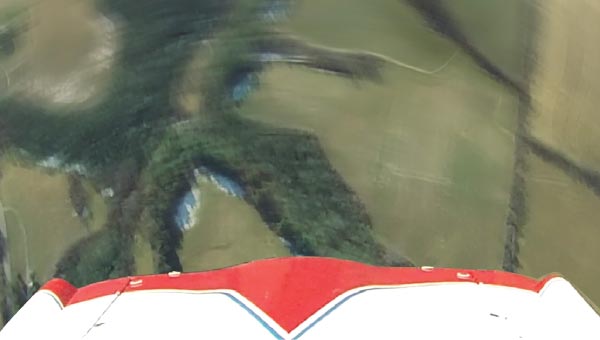


How is General Aviation (GA) doing on the safety front? The Richard G. McSpadden Report offers users a near real-time analysis of general aviation accidents that are updated on a rolling 30-day cycle, with access to analysis going back as far as 2008, and data trends projected well into the current year.
 Although the overall flight training accident rate continues to improve, loss of control in flight remains the number one risk with midair collision following as the second leading cause of fatal instructional accidents.
Although the overall flight training accident rate continues to improve, loss of control in flight remains the number one risk with midair collision following as the second leading cause of fatal instructional accidents.
This report—a collaboration between the AOPA Air Safety Institute and the Liberty University School of Aeronautics—builds on a previous 16-year study of fatal instructional accidents. The report reviews flight training risks and innovations and it concludes with accident prevention and mitigation recommendations.
 With fewer aircraft operating at night, flight risk should be minimal but in fact it’s not. One of the many challenges is the night itself when an emergency not prepared for can quickly turn disastrous. This report offers detailed analysis of these accidents and concludes with training and accident prevention recommendations for reducing night flying accidents.
With fewer aircraft operating at night, flight risk should be minimal but in fact it’s not. One of the many challenges is the night itself when an emergency not prepared for can quickly turn disastrous. This report offers detailed analysis of these accidents and concludes with training and accident prevention recommendations for reducing night flying accidents.

Seaplane accidents, while few, represent an area of general aviation where targeted focus on training should reduce the number of occurrences. This report offers a detailed analysis of these accidents, including accident causes and findings. It concludes with a training and prevention discussion and recommendations to reduce seaplane accidents.

Flying under visual flight rules into instrument meteorological conditions, commonly known as VFR into IMC, remains among the top five causes of fatal general aviation accidents and among the top with the highest lethality. These largely preventable accidents impact pilots including those with an instrument rating. Learn from the pilots who survived the encounter and what makes these accidents so deadly. Prevention and escape come down to knowledge, good decision making, real-world training, and honing skills through ongoing proficiency.

Loss of control in flight and midair collisions pose the two greatest risks in flight training. Although the accident rate is showing gradual improvement, the training industry must continue to focus time, energy, and resources on improving safety with targeted risk mitigations.

Stall and spins are leading causes of general aviation fatal accidents despite stall/spin recognition, recovery, and prevention training. Seemingly, some pilots fly closer to the critical angle of attack than they realize. These persistent accidents are discussed in detail in the report. The report offers guidance on recognition, recovery, and prevention to prepare pilots to better combat these types of accidents.

These reports are aircraft specific reviews of the most popular airplanes in general aviation. Pilots will find information about safety records, technical details, and more.